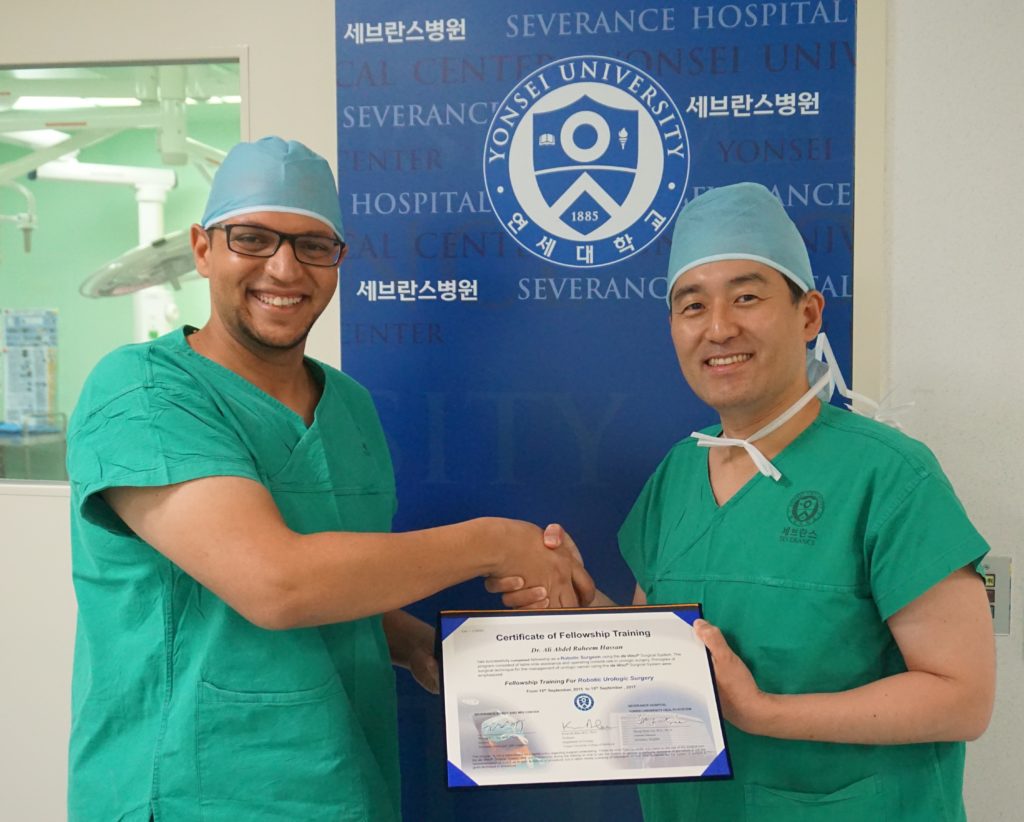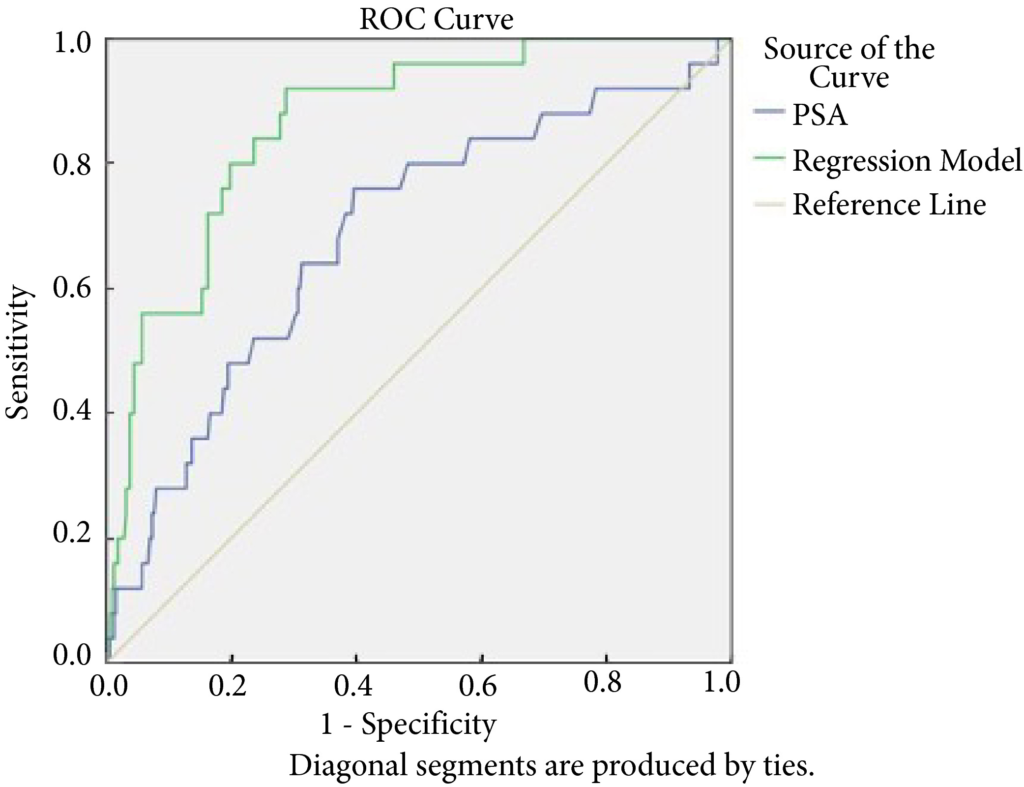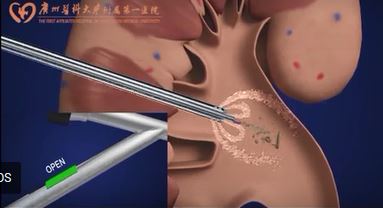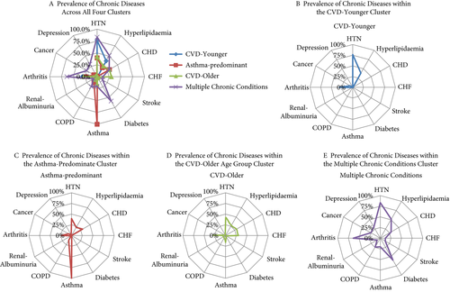
Editorial: Retzius‐sparing robot‐assisted radical prostatectomy
In their commentary in the current issue of BJUI, Stonier et al. [1] examine the potential technical pitfalls and published results of the Retzius‐sparing technique of robotic radical prostatectomy. The authors reviewed three studies from three different groups [2,3], including a study by our group [4], and raised three specific concerns: the oncological efficacy of the procedure; the long learning curve; and the generalizability of the technique to challenging surgical scenarios. We offer a few…

Editorial: Reply: RS-RARP vs standard RARP
Since the introduction of robotic surgery in the treatment of patients with prostate cancer (PCa), different surgical innovations have been implemented in order to preserve postoperative functional outcomes while maintaining oncological safety. Sparing the Retzius space during robot‐assisted radical prostatectomy (RARP) was introduced early this decade by Galfano et al [1]. Interestingly, 90% and 96% of patients treated with Retzius‐sparing RARP (RS‐RARP) were continent (no pad/safety pad)…

Resident’s podcast: Retzius‐sparing robot‐assisted radical prostatectomy
Maria Uloko is a Urology Resident at the University of Minnesota Hospital. In this podcast she discusses the following BJUI Article of the Week:
Retzius‐sparing robot‐assisted radical prostatectomy (RS‐RARP) vs standard RARP: it's time for critical appraisal
Thomas Stonier*, Nick Simson*, John Davis† and Ben Challacombe‡
*Department of Urology, Princess Alexandra Hospital, Harlow, ‡Urology Centre, Guy ’s Hospital, London, UK and †Department of Urology,…

Article of the Month: Use of machine learning to predict early biochemical recurrence after robot‐assisted prostatectomy
Every month, the Editor-in-Chief selects an Article of the Month from the current issue of BJUI. The abstract is reproduced below and you can click on the button to read the full article, which is freely available to all readers for at least 30 days from the time of this post.
In addition to the article itself, there is an accompanying editorial written by a prominent member of the urological community. This blog is intended to provoke comment and discussion and we invite you to use the comment…

Editorial: Can machine‐learning algorithms replace conventional statistics?
Wong et al. [1] evaluate 19 clinical variables (training data) and three supervised machine‐learning algorithms to predict early biochemical recurrence after robot‐assisted prostatectomy. They further compare the areas under the curve (AUCs) resulting from these algorithms with the AUC of a conventional Cox regression model and conclude that the machine‐learning algorithms can produce accurate disease prognosis, perhaps better than a traditional Cox regression model. As the authors state,…

Video: Cognitive training for technical and non‐technical skills in robotic surgery
Cognitive training for technical and non‐technical skills in robotic surgery: a randomised controlled trial
Abstract
Objective
To investigate the effectiveness of motor imagery (MI) for technical skill and non‐technical skill (NTS) training in minimally invasive surgery (MIS).
Subjects and Methods
A single‐blind, parallel‐group randomised controlled trial was conducted at the Vattikuti Institute of Robotic Surgery, King's College London. Novice surgeons were recruited…

Video: Super-mini percutaneous nephrolithotomy
1 Comment
/
Super‐mini percutaneous nephrolithotomy (SMP) vs retrograde intrarenal surgery for the treatment of 1–2 cm lower‐pole renal calculi: an international multicentre randomised controlled trial
Abstract
Objectives
To compare the safety and effectiveness of super‐mini percutaneous nephrolithotomy (SMP) and retrograde intrarenal surgery (RIRS) for the treatment of 1–2 cm lower‐pole renal calculi (LPC).
Patients and Methods
An international multicentre, prospective,…

Article of the week: Cluster analysis of multiple chronic conditions associated with urinary incontinence among women in the USA
Every week, the Editor-in-Chief selects an Article of the Week from the current issue of BJUI. The abstract is reproduced below and you can click on the button to read the full article, which is freely available to all readers for at least 30 days from the time of this post.
In addition to the article itself, there is an accompanying editorial written by a prominent member of the urological community. These are intended to provoke comment and discussion and we invite you to use the comment…

Editorial: Urinary incontinence and the causality dilemma
Fundamentally, the aetiology of most female urinary incontinence (UI) remains an enigma. Although we gain comfort in our conceptualisations of anatomical defects and neurological compromise as contributing factors, most of our therapies for UI are directed at symptomatic control instead of a disease prevention or modification. Thus, the principal drivers of female UI symptoms remain elusive. The premise of the series published in this issue by Markland et al. [1], to identify patterns of comorbid…

Residents’ podcast: Cluster analysis of multiple chronic conditions associated with urinary incontinence among women in the USA
Giulia Lane M.D. and Iryna Crescenze M.D. are Fellows in Neuro-urology and Pelvic Reconstruction in the Department of Urology at the University of Michigan.
In this podcast they discuss the following BJUI Article of the Week:
Cluster analysis of multiple chronic conditions associated with urinary incontinence among women in the USA
Abstract
Objective
To identify patterns of prevalent chronic medical conditions among women with urinary incontinence (UI).
Materials and Methods
We…
